Strutt's North Mill
This industrial gem was one of the earliest examples of a metal-framed building.
The original North Mill in Belper, Derbyshire, England, was built by Jedediah Strutt in 1786. Being a wood-framed, water-powered cotton mill it was susceptible to fire, and when indeed it burned down in 1803 Strutt’s son William rebuilt the mill with cast-iron floor beams supported on cast-iron columns. It was one of the earliest examples of a metal-framed building, and an innovation that influenced the design of today’s skyscrapers.
The main part of the building had floors built on 15 rows of brick arches, and the wings were six arches wide. The arches each had holes at suitable intervals to transport the enormous drive shafts that transmitted power from the waterwheel to all five floors of the building, in order to power the various items of cotton carding and spinning machinery.
This building was originally equipped with a rope-hauled passenger elevator, the first in the world to be installed in a factory. It was powered by the waterwheel and called the “teagle.” The mill also had a hot air heating system to keep the rooms at about 64 degrees Fahrenheit, the optimum temperature for spinning cotton.
The ground floor of the historic mill now houses a textile museum with exhibits of both cotton-spinning machinery and framework knitting machines (by which means Jedediah Strutt originally made his fortune). But while textile museums are common in England—which was once the leading fabric manufacturer in the world—a visit to the basement of the mill to see how the cast-iron columns are fitted to stone foundations is what makes this place unique. The design even allowed for the movement caused by vibrating textile machinery, and the same principles are used in earthquake protection in buildings today. The massive mill wheel pit can also be visited, although the wheel is no longer there.
The original North Mill is also where Samuel Slater served his apprenticeship. That is before he disguised himself as a farmer and took the secret of the water-powered spinning machine to the United States.
Know Before You Go
The mill is part of the Derwent Valley UNESCO World Heritage site. There is a lot to see outside as well as inside at the site, including a very attractive curved weir on the river. Entry includes a guided tour that is very informative and tickets (£5) are valid for 12 months. Parking is free.
Plan Your Trip
The Atlas Obscura Podcast is Back!



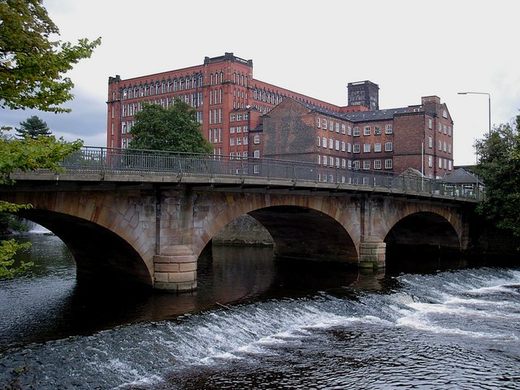
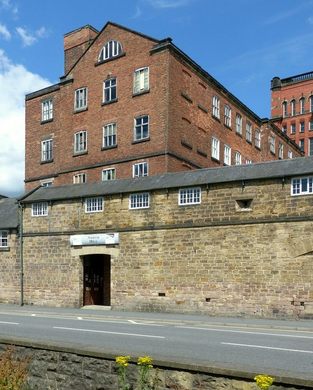
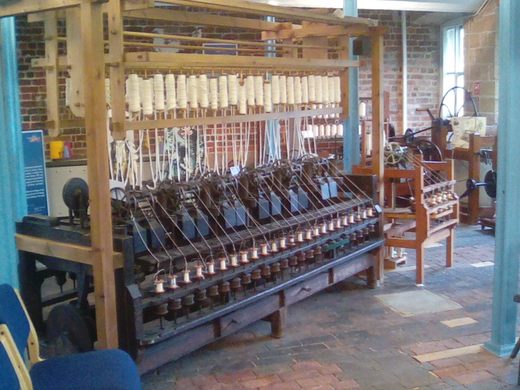

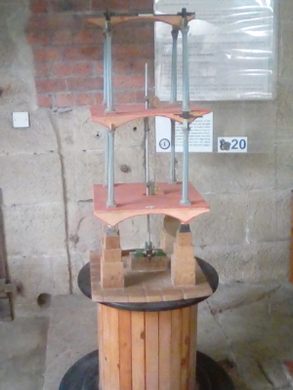
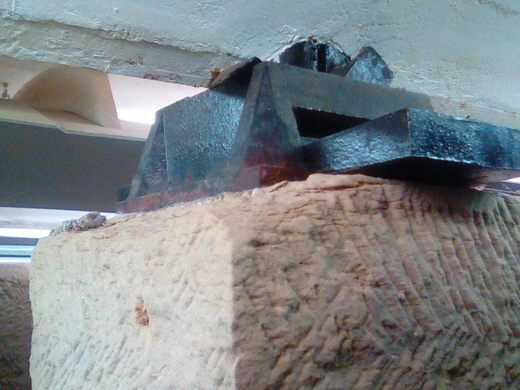
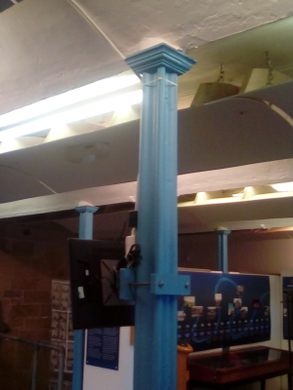
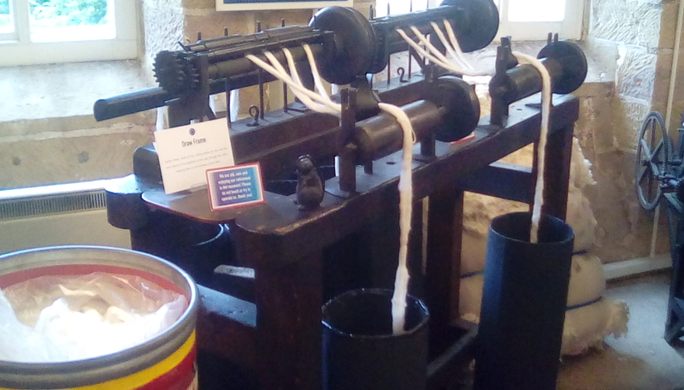
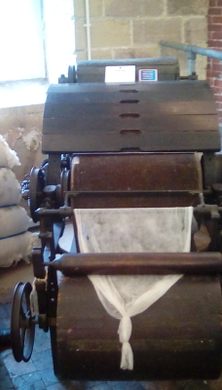






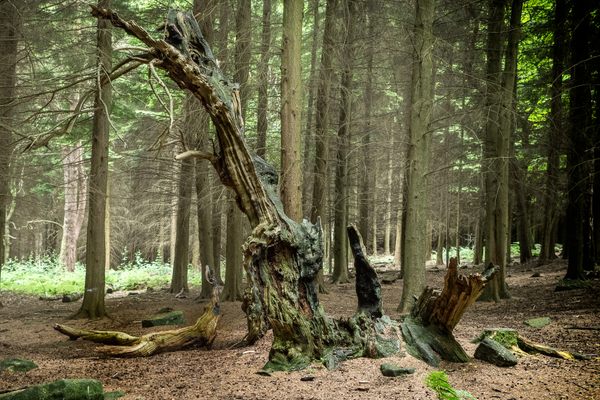



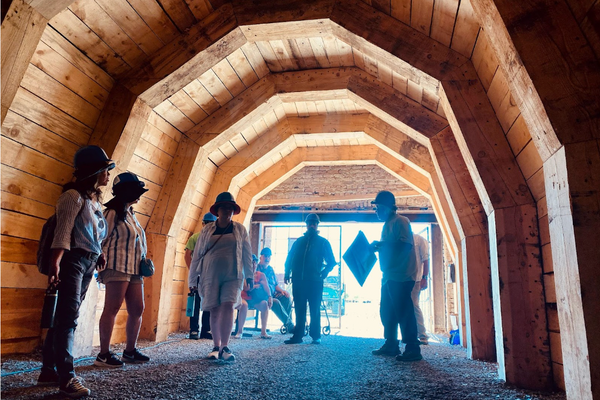

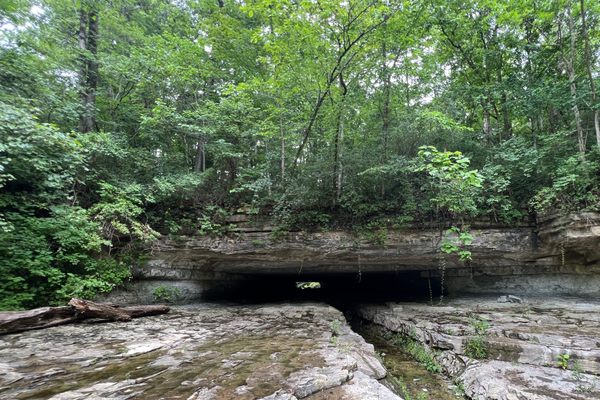


Follow us on Twitter to get the latest on the world's hidden wonders.
Like us on Facebook to get the latest on the world's hidden wonders.
Follow us on Twitter Like us on Facebook